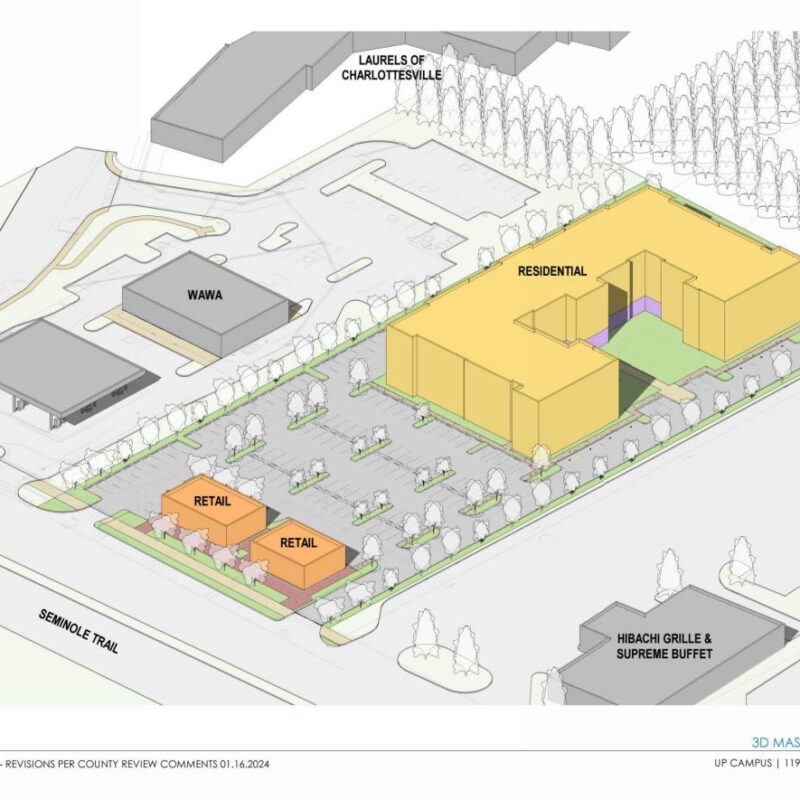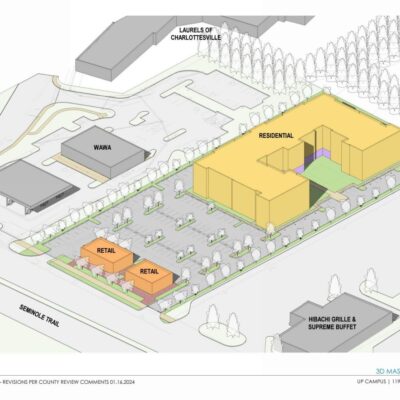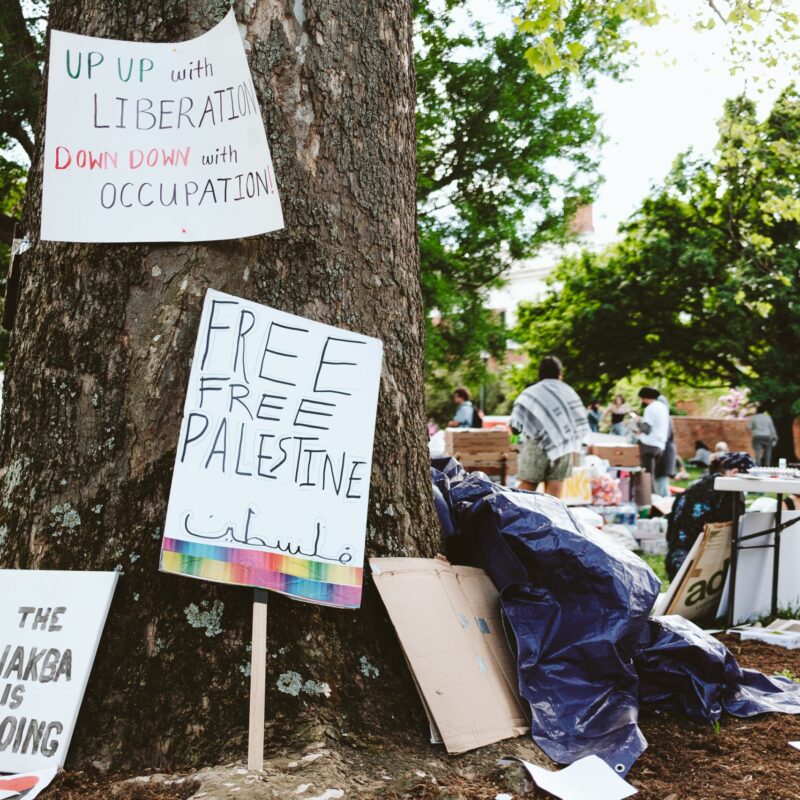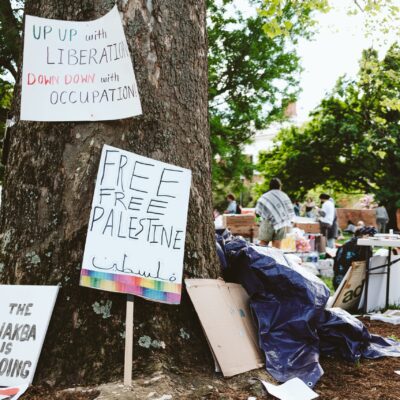When it came over from Denmark in the early 1980s, it had a difficult name with a host of consonants and the letters “a” and “e” squished together. For lack of a more pronounceable name, the American patrons of a type of intentional community dubbed it “cohousing.”
Central Virginia’s first cohousing development is springing up near Crozet. As it does so, its proponents battle misconceptions of what it is and the argument that the development, Blue Ridge Cohousing, was just too dense.
“It was difficult,” says Peter Lazar, manager of Blue Ridge Cohousing. “I have to admit there are some prejudices. That name is kind of unfortunate, I think. There’s always this first leap, ‘Is this cohabitation? Are people sharing wives or something?’”
 Elizabeth Hoover and other Blue Ridge Cohousing members enjoy the community-building arrangement, though the project was dissed by neighbors as too dense when it came through the planning pike. |
Blue Ridge is a typical cohousing development. It consists of 26 houses, each individually owned, bought and sold. However, cars will be parked away from the houses, which are built close together. A historic house will serve as common space for meals and activities, and everything is pedestrian friendly. In many ways, the idea of cohousing exists as a cross between a traditional subdivision and a college dorm.
Common property is owned by a group body much like a condo association. There will be no wife sharing.
“The main features of cohousing happen accidentally all over the place,” Lazar says, “when you have a functioning neighborhood where people know each other and the kids play together. [Cohousing] is doing this intentionally, where architecturally it’s set up in a kind of way to encourage neighborliness.”
But during the approval process, some neighbors argued that 26 houses on the six-acre site was too dense for the outskirts of Crozet, which has already seen brisk growth. The nature of cohousing, putting housing close together to increase walking and preserve more green space, lends itself to being more dense than other traditional developments.
Lazar says that while the neighbors did have a problem with Blue Ridge’s density, it is in the county’s growth area. The plan, he says, was also less dense than the maximum density allowed by the county.
Neighbors initially fought the Blacksburg cohousing development that Lazar, his wife, Molly, and two children live in now “tooth and nail.” But once the houses went up, the neighbors’ opposition faded.
“I really hope that it will go the way of other areas,” Lazar says. “For example, in the Raleigh, Durham and Chapel Hill areas, there are already four cohousing neighborhoods, with a fifth planned. Once an area sees it, there’s more enthusiasm.”
C-VILLE welcomes news tips from readers. Send them to news@c-ville.com.





